Indoor climbing plants are an excellent way to enhance your home decor, bringing a touch of nature indoors and creating a refreshing atmosphere. These plants not only add aesthetic value but also improve air quality and offer a sense of tranquility. Whether you’re a seasoned plant enthusiast or a beginner, climbing plants are relatively easy to care for and can transform any space into a green oasis. In this blog, we’ll explore eight fantastic indoor climbing plants that can elevate your home decor and provide tips on how to care for each one. Let’s dive into the world of indoor climbing plants and discover how they can take your decor to new heights.
1. Pothos (Epipremnum aureum)
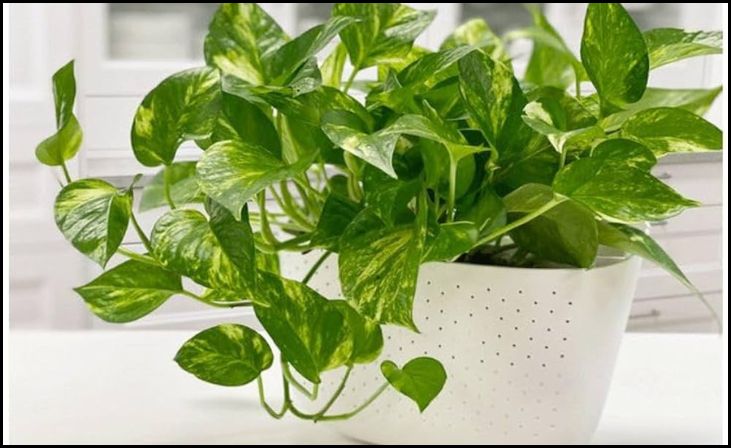
Pothos, also known as Devil’s Ivy, is a popular indoor climbing plant known for its hardiness and vibrant green foliage. This plant is perfect for beginners due to its low maintenance requirements. Pothos thrives in low to bright indirect light, making it versatile for various indoor environments. It can grow in water or soil and is tolerant of occasional neglect, bouncing back easily from missed watering.
To encourage climbing, provide a moss pole or trellis for the Pothos to latch onto. Regularly trim the vines to keep the plant bushy and prevent it from becoming too leggy. Pothos also helps purify the air by removing toxins such as formaldehyde, benzene, and xylene, making it not only a decorative addition but also beneficial for your indoor air quality.
2. English Ivy (Hedera helix)
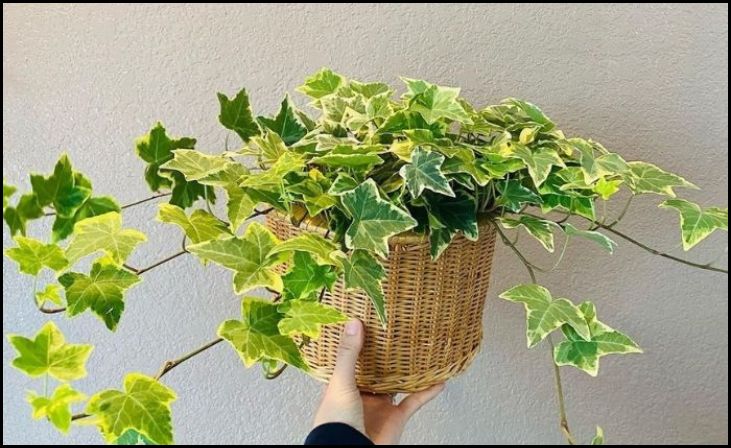
English Ivy is another classic indoor climbing plant that brings a touch of elegance to any room. Its small, lobed leaves and trailing vines make it perfect for hanging baskets or allowing to cascade down shelves and bookcases. English Ivy prefers bright, indirect light but can also tolerate low light conditions, making it suitable for various indoor settings.
This plant benefits from consistent moisture, so keep the soil slightly moist but not waterlogged. Regular misting helps maintain humidity, which English Ivy appreciates. To promote climbing, guide the vines onto a trellis or support structure. Aside from its decorative appeal, English Ivy is also known for its air-purifying properties, effectively removing mold spores and other airborne allergens.
3. String of Pearls (Senecio rowleyanus)
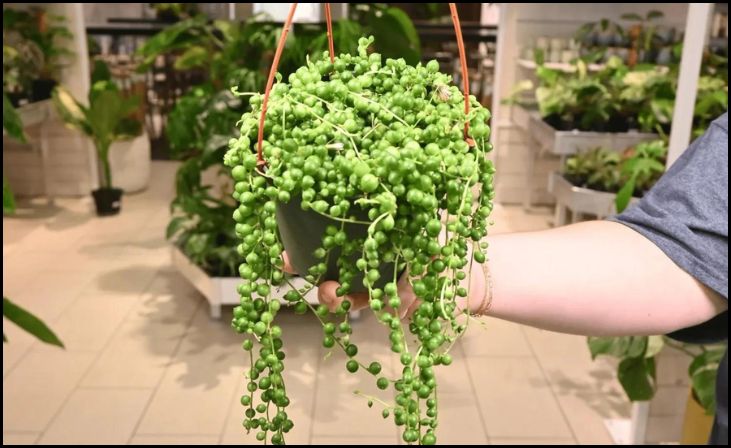
String of Pearls is a unique and eye-catching indoor climbing plant with its spherical, bead-like leaves that resemble a string of pearls. This succulent is perfect for hanging planters, where its delicate strands can cascade gracefully. String of Pearls prefers bright, indirect light and well-draining soil, as it is prone to root rot if kept too moist.
Water this plant sparingly, allowing the soil to dry out completely between waterings. Overwatering is the most common issue with String of Pearls, so it’s better to err on the side of caution. With proper care, this plant can produce small, white, cinnamon-scented flowers. Its distinctive appearance makes it a conversation starter and a unique addition to your indoor plant collection.
4. Philodendron (Philodendron hederaceum)
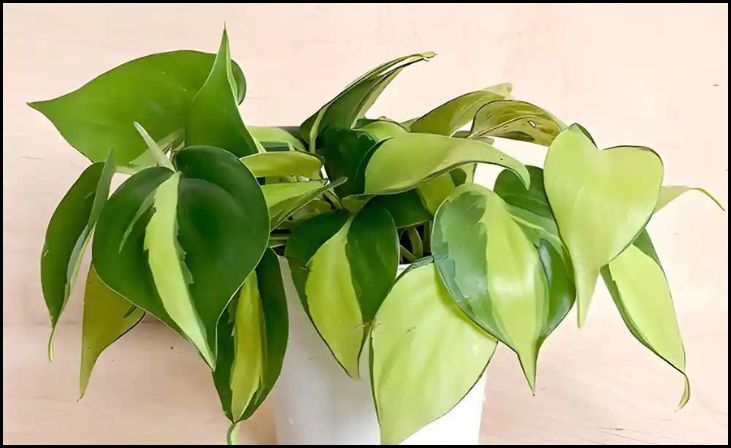
Philodendrons are popular for their lush, heart-shaped leaves and vigorous growth habit. The Heartleaf Philodendron, in particular, is an excellent choice for indoor climbing. This plant thrives in moderate to bright, indirect light but can also adapt to lower light conditions. Philodendrons prefer evenly moist soil, so water when the top inch of soil feels dry.
To support its climbing nature, provide a moss pole or allow it to trail along shelves or walls. Regular pruning helps maintain a compact shape and encourages bushier growth. Philodendrons are also known for their air-purifying abilities, removing toxins such as formaldehyde from the air, making them both beautiful and functional additions to your home.
5. Climbing Fig (Ficus pumila)
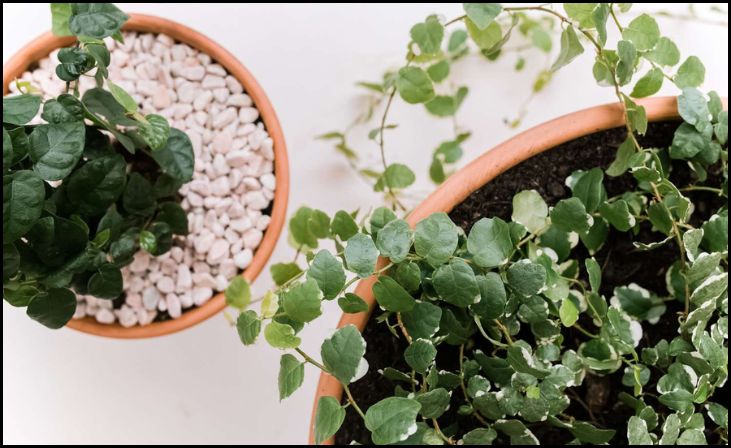
The Climbing Fig, also known as Creeping Fig, is a versatile indoor climbing plant with small, heart-shaped leaves that create a lush, green carpet as it climbs. This plant is ideal for covering walls, trellises, or even indoor topiaries. Climbing Fig thrives in bright, indirect light but can tolerate some shade. It prefers consistently moist soil, so regular watering is essential.
This plant grows rapidly, so regular pruning is necessary to keep it in check and maintain its desired shape. Climbing Fig adds a natural, rustic charm to any indoor space and is perfect for creating a vertical green wall. Its dense foliage also helps in absorbing sound, making it a practical choice for improving indoor acoustics.
6. Jasmine (Jasminum polyanthum)
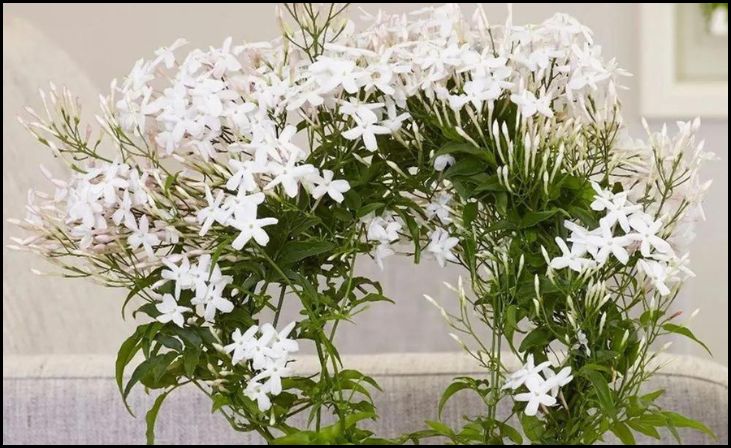
Jasmine is renowned for its fragrant, white flowers that bloom in clusters, adding a delightful scent to your indoor environment. This climbing plant thrives in bright, indirect light and prefers well-draining soil. Jasmine requires regular watering, especially during the growing season, but allow the soil to dry out slightly between waterings.
To encourage climbing, provide a trellis or support structure for the vines. Jasmine benefits from occasional pruning to promote bushier growth and more prolific blooming. The intoxicating fragrance of its flowers can fill a room, making it a charming and aromatic addition to your indoor plant collection. With proper care, Jasmine can bloom multiple times a year, offering a continuous display of beauty and scent.
7. Hoya (Hoya carnosa)
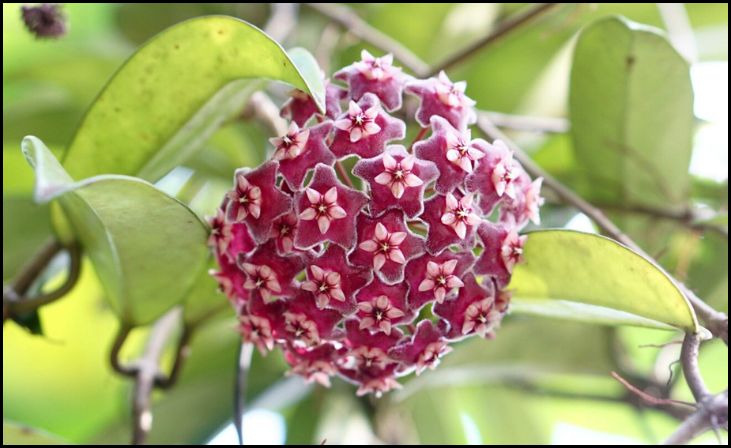
Hoya, also known as Wax Plant, is a robust indoor climbing plant with thick, waxy leaves and clusters of star-shaped flowers. This plant prefers bright, indirect light and well-draining soil. Hoya is drought-tolerant, so water it sparingly, allowing the soil to dry out between waterings.
To support its climbing habit, provide a trellis or allow it to trail from a hanging basket. Hoya blooms produce a sweet fragrance, especially in the evening, adding an extra sensory dimension to its visual appeal. Regular feeding with a balanced fertilizer during the growing season promotes healthy growth and flowering. Hoyas are known for their longevity, often becoming family heirlooms passed down through generations.
8. Swiss Cheese Plant (Monstera deliciosa)
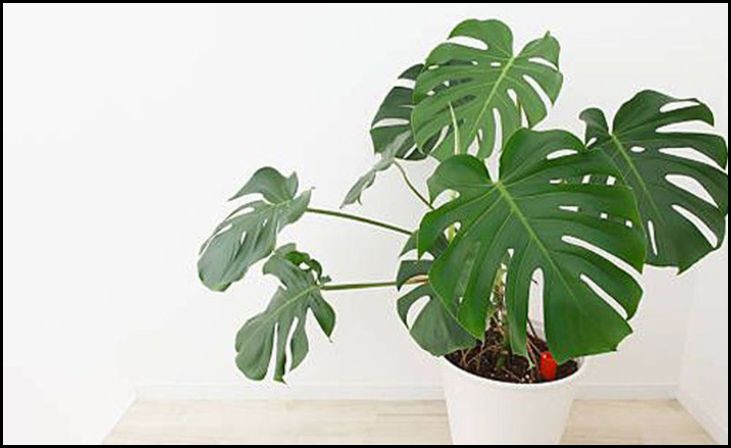
The Swiss Cheese Plant, also known as Monstera, is famous for its large, perforated leaves that add a tropical feel to any indoor space. This climbing plant thrives in bright, indirect light and prefers well-draining soil. Monstera requires regular watering, but allow the top inch of soil to dry out between waterings to prevent root rot.
Provide a moss pole or sturdy support for the Monstera to climb, as it can become quite large and heavy. Regular pruning helps manage its size and encourages new growth. The Swiss Cheese Plant is not only a striking visual addition but also helps purify the air by removing common indoor pollutants. Its dramatic foliage makes it a focal point in any room, adding both height and visual interest.
Conclusion
Indoor climbing plants offer a unique and dynamic way to enhance your home decor. From the resilient Pothos to the fragrant Jasmine, each plant brings its own charm and benefits. By choosing the right climbing plants and providing proper care, you can create a lush, green sanctuary that improves air quality, adds aesthetic value, and brings a sense of tranquility to your living space. Whether you’re looking to cover a bare wall, add a touch of greenery to your shelves, or enjoy the soothing presence of nature indoors, these eight climbing plants are sure to take your decor to new heights. Happy planting!

